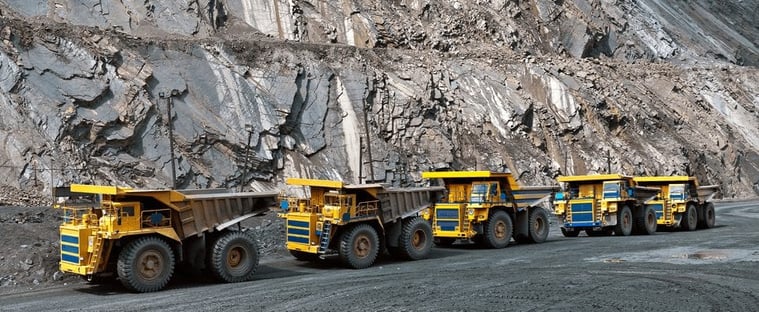BHP Group Ltd (ASX: BHP) is Australia’s largest resource company that specialises in extracting and processing minerals, oil and gas. BHP main operations are within Australia and the Americas. BHP has a market capitalisation of A$117 billion.

What are the key features of the FY20 result for BHP?
BHP’s revenue from continuing operations for FY20 is US$42,931 million, down 3% from FY19. Profit after tax from continuing operations is US$7,956 million, down 8% from FY19. BHP will pay a final dividend to shareholders of US$55 cents (fully franked).
BHP’s balance sheet remains in a good position. BHP’s net debt is US$12.0 billion at 30 June 2020, which is at the bottom of BHP’s target range. This is an increase of US$2.6 billion from 31 December 2019. This increase is attributed to BHP paying dividends during the year of US$6.9 billion and a US$1.6 billion impact from application of IFRS 16 Leases.
Regarding BHP FY20 production levels compared with FY19, petroleum production is down 10%, copper production is up 2% (Escondida production is up 4%, while other copper production is down 3%), iron ore production is up 4%, WAIO production is up 4%, metallurgical coal production is down 2%, energy coal production is down 30% and nickel production is down 8%.
What is the outlook for BHP?
BHP has provided an outlook for production and commodity prices. The main point about the production outlook for FY21 is that petroleum and copper production will be lower in the 13% - 6% and 14% - 5% respectively while production of commodities are mostly in-line with FY20.
BHP has made several comments on the outlook for commodity prices. Global steel production is expected to decline throughout this calendar year. This is mainly driven by lower production levels from around the world excluding China, which is partially being offset by growth in steel production from China. Steel production is expected to decline by 6% for crude steel and between 3% and 4% for pig iron. Iron ore prices have remained strong in the last year as Brazil has had sustained production issues. However, the price of iron ore is expected to weaken once Brazilian supply recovers and operate as normal.
Metallurgical coal prices weakened in FY20 due to decline in ex-China demand, which was caused by COVID-19 impacts. BHP notes that prices of metallurgical coal may increase in the second half year of FY21, once importing countries re-opening their economies. In addition, in terms of the longer-term outlook for metallurgical coal prices, using metallurgical coal for furnace steel making is expected to continue for decades, which should underpin demand over the long-term.
Copper prices did see a sharp fall at the beginning of the COVID-19 crisis but has since recovered. Over the long-term, copper prices are expected to be strong, as demand for copper increases due to the electrification mega-trend to power renewable energy sources.
Crude oil prices experienced very high levels of volatility in FY20. This was mainly due significantly less demand and a production war between Russian and Saudi oil producers, which reduced crude oil prices. BHP notes crude oil prices risk has now passed and prices may continue to recovery as mobility (travel) improves globally.
Nickel prices have been driven by the swings in macro-economic sentiment. BHP notes that the longer-term outlook for nickel is positive as it will be a substantial beneficiary of the global electrification mega-trend.
What is the market reaction to the FY20 result?
The market reaction to BHP FY20 result is slightly negative. BHP share price is down around 0.6% and is currently trading at A$39.61 (18 August 2020). BHP is trading at a forward P/E ratio in the mid-teens and has an annual dividend yield of 4.3%.
Disclaimer:
This article has been prepared by the Australian Stock Report Pty Ltd (AFSL: 301 682. ABN: 94 106 863 978)
(“ASR”). ASR is part of Amalgamated Australian Investment Group Limited (AAIG) (ABN: 81 140 208 288 Level 13, 130 Pitt Street, Sydney NSW 2000).
This article is provided for informational purpose only and does not purport to contain all matters relevant to any particular investment or financial instrument. Any market commentary in this communication is not intended to constitute “research” as defined by applicable regulations. Whilst information published on or accessed via this website is believed to be reliable, as far as permitted by law, we make no representations as to its ongoing availability, accuracy or completeness. Any quotes or prices used herein are current at the time of preparation. This document and its contents are proprietary information and products of our firm and may not be reproduced or otherwise disseminated in whole or in part without our written consent unless required to by judicial or administrative proceeding. The ultimate decision to proceed with any transaction rests solely with you. We are not acting as your advisor in relation to any information contained herein. Any projections are estimates only and may not be realised in the future.
ASR has no position in any of the stocks mentioned.

















